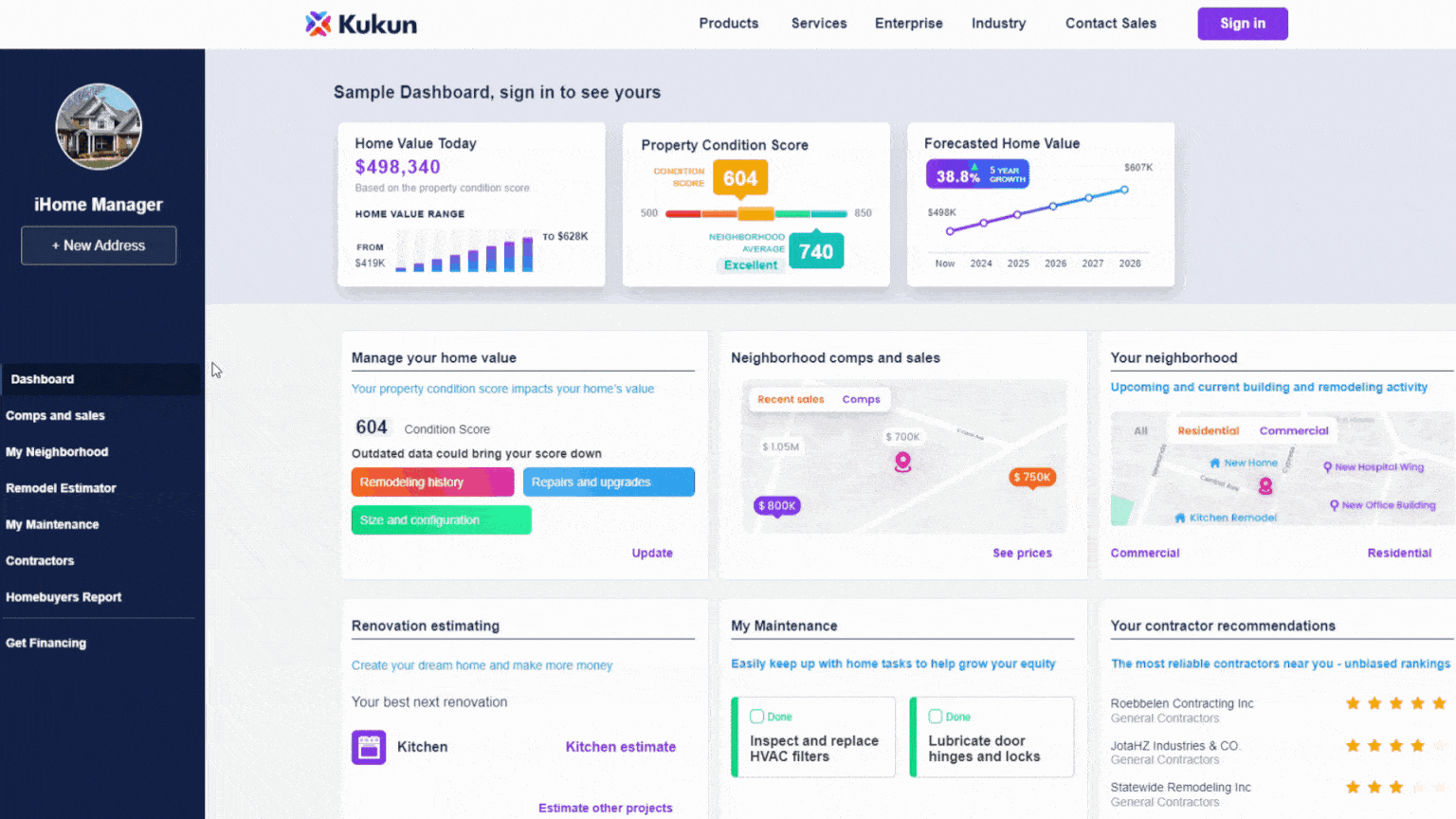Interesting Permit Trends in Phoenix
Updated Mon, Jun 2, 2025 - 3 min read
Only some renovation work is permitted– -so the above graph underrepresents the number of bathroom and kitchen renovations. Bathroom and kitchen projects are likely to require a permit if and only if electrical or plumbing changes are needed. That said, some interesting patterns emerge:
Solar
The popularity of solar depends more on energy costs than anything else while other construction activity is affected by popular optimism about housing, material costs, and interest rates[FC1]. The graph below shows how the 2021 increase in energy prices produced a boom in solar installations, a pattern seen in most metropolitan areas according to our data. Given that energy rates continue to rise, why have solar installations slowed down recently though? This is likely because, while they are continuing to rise, they are growing less quickly than in the past. Many people installing solar were expecting even larger energy prices than we have seen and may be attempting to cut costs given inflationary pressures.

New Construction
The decline in new construction (and this is true of the national data as well) began before the rise in interest rates. This suggests that builders either anticipated this increase and/or were reacting to increasing labor and materials costs. We do see a second drop in the first half of 2022[FC1] as interest rates started to rise.
Read more: Housing market insights from builders
Let's connect, and see how we can help you stay ahead of the market.
Contact us
New Additions
We also see a decline in new additions vis a vis bathroom and kitchen renovations. Again, it appears that people are delaying expensive renovations because of the tight labor market, inflation, and interest rates.
Read more: January 2025 US building permits
Bathrooms and Kitchens
While bathroom renovations, which are generally cheaper, were always more common, their prevalence with respect to kitchen renovations has gone up even further. Homeowners are prioritizing bathroom renovations and delaying other projects because of increased labor costs, material costs, and inflation which is leaving them with less disposable income despite wage increases, which—despite government rhetoric—are not keeping pace. (Though, in fairness, they are more than keeping pace for lower-end work where turnover and job switching is more common.)
Overall remodeling activity has fallen, as projected, and is likely to continue doing so until inflation[FC1] cools, interest rates fall, and the labor market loosens. That said, construction work that promises savings—like solar—could see increased activity if energy prices rise: There is opportunity to be found in these strange economic times.